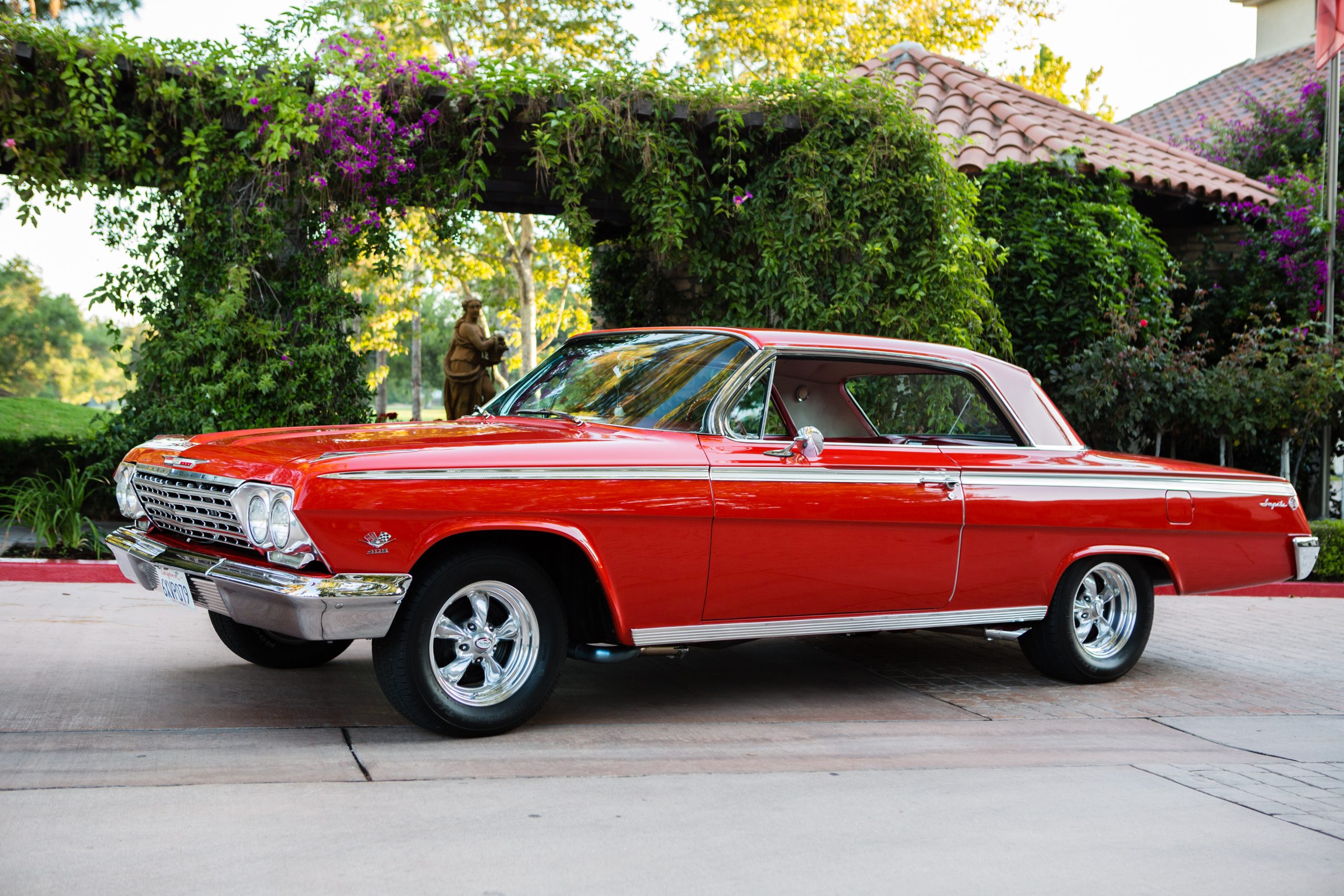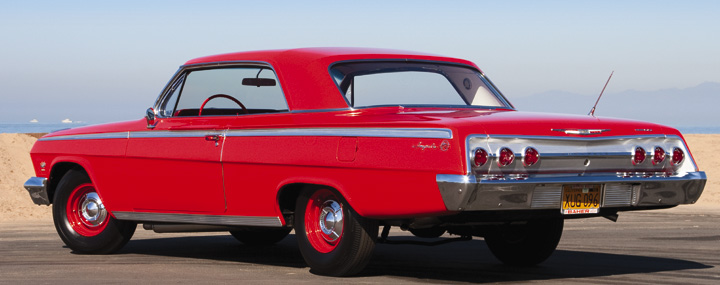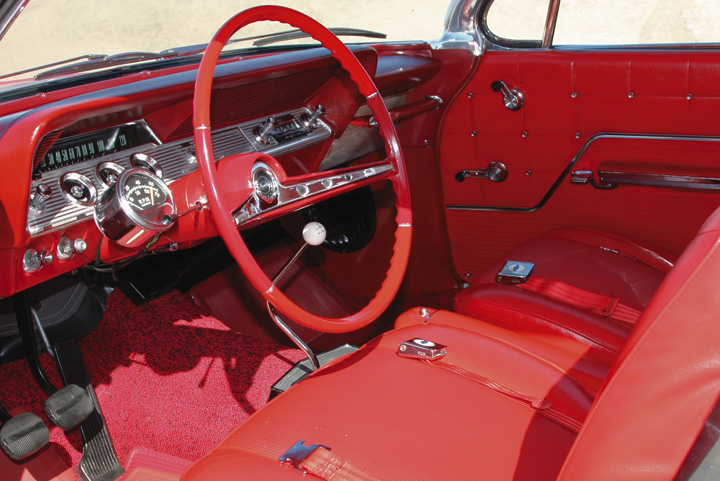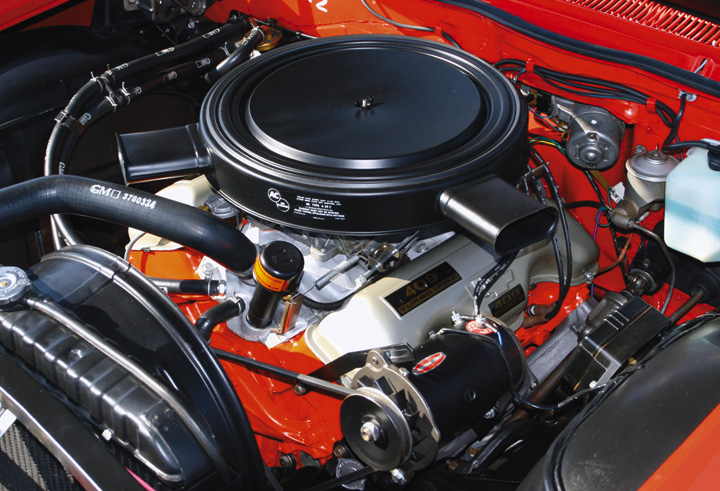The 1962 Chevrolet Impala SS, or Super Sport, was a classic American car from the early 1960s and part of the Chevrolet Impala series. Here is some information about this iconic vehicle:

Design and Features:
- The 1962 Chevrolet Impala SS featured a distinctive, sleek, and elegant design typical of the era’s full-sized American cars. It was part of the third generation of the Chevrolet Impala, which ran from 1961 to 1964.
Engine Options:
- The Impala SS was available with various V8 engine options, including a 327 cubic-inch V8 with various power outputs, ranging from 250 to 409 horsepower. The most powerful engine option was the 409 cubic-inch V8, known as the “409” engine, which could produce up to 409 horsepower and became famous thanks to the Beach Boys’ song “409.”
Transmission:

- Transmission options included a 3-speed manual, 4-speed manual, and Powerglide automatic transmission, depending on the engine and trim level chosen.
Interior:
- The Impala SS featured a stylish and comfortable interior with bucket seats and a center console. This sporty interior design was a defining feature of the Super Sport models.
Exterior:

- The exterior of the Impala SS was known for its clean lines, sculpted body, and distinctive SS badging. The SS models often had special trim, including emblems and wheel covers, to set them apart from regular Impala models.
Pop Culture:
- The 1962 Chevrolet Impala SS, like other Impala models, has had a significant presence in American pop culture, making appearances in movies, television shows, and music. It is often associated with the classic car culture of the 1960s.
Collector’s Item:

- Today, the 1962 Chevrolet Impala SS is highly sought after by collectors and enthusiasts of classic American cars. Well-preserved and restored examples are prized for their historical significance and timeless design.
The 1962 Chevrolet Impala SS represents an era of American automotive design characterized by big V8 engines, sleek styling, and a sense of power and performance. It remains an icon of 1960s automobile history and a classic symbol of American car culture.
